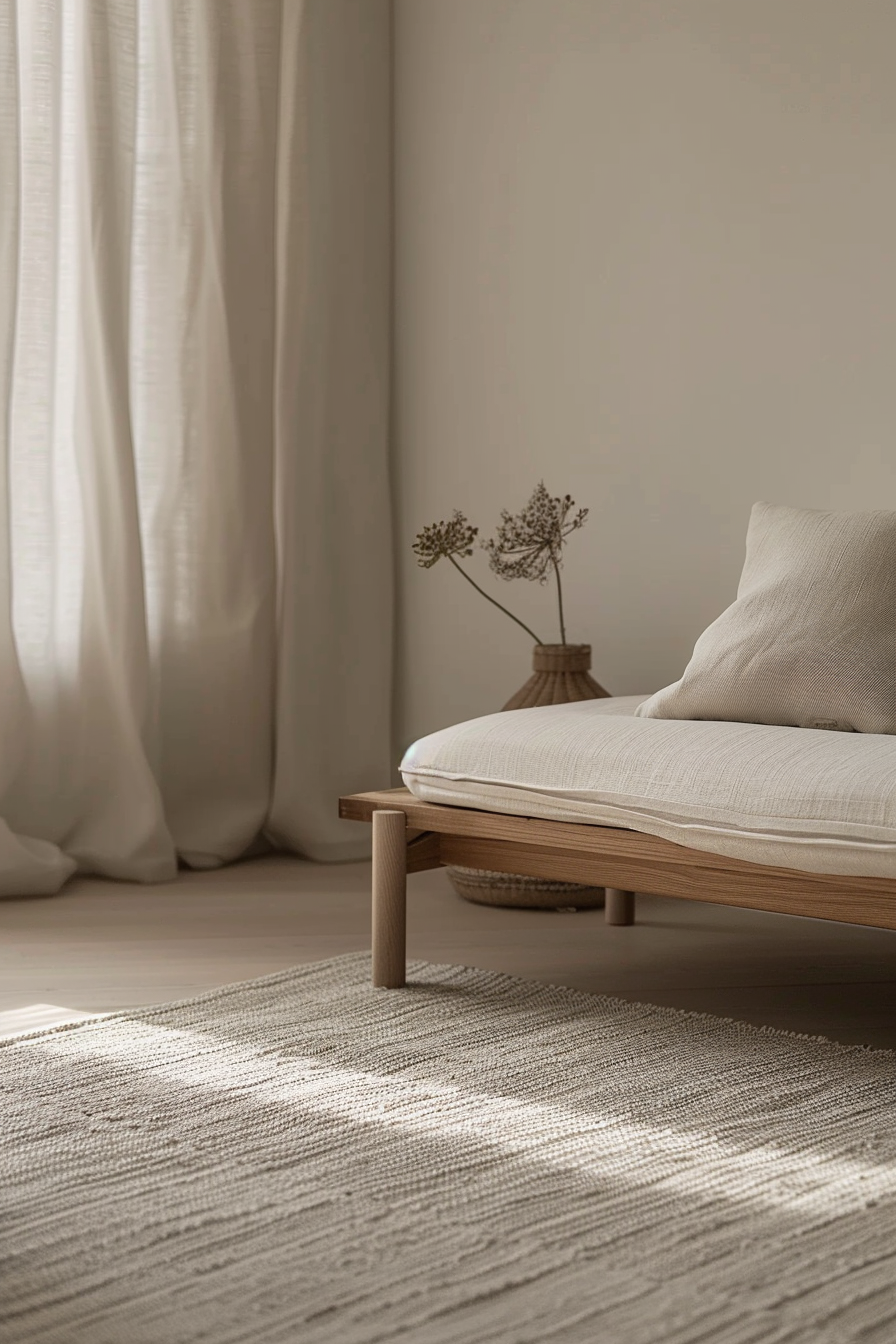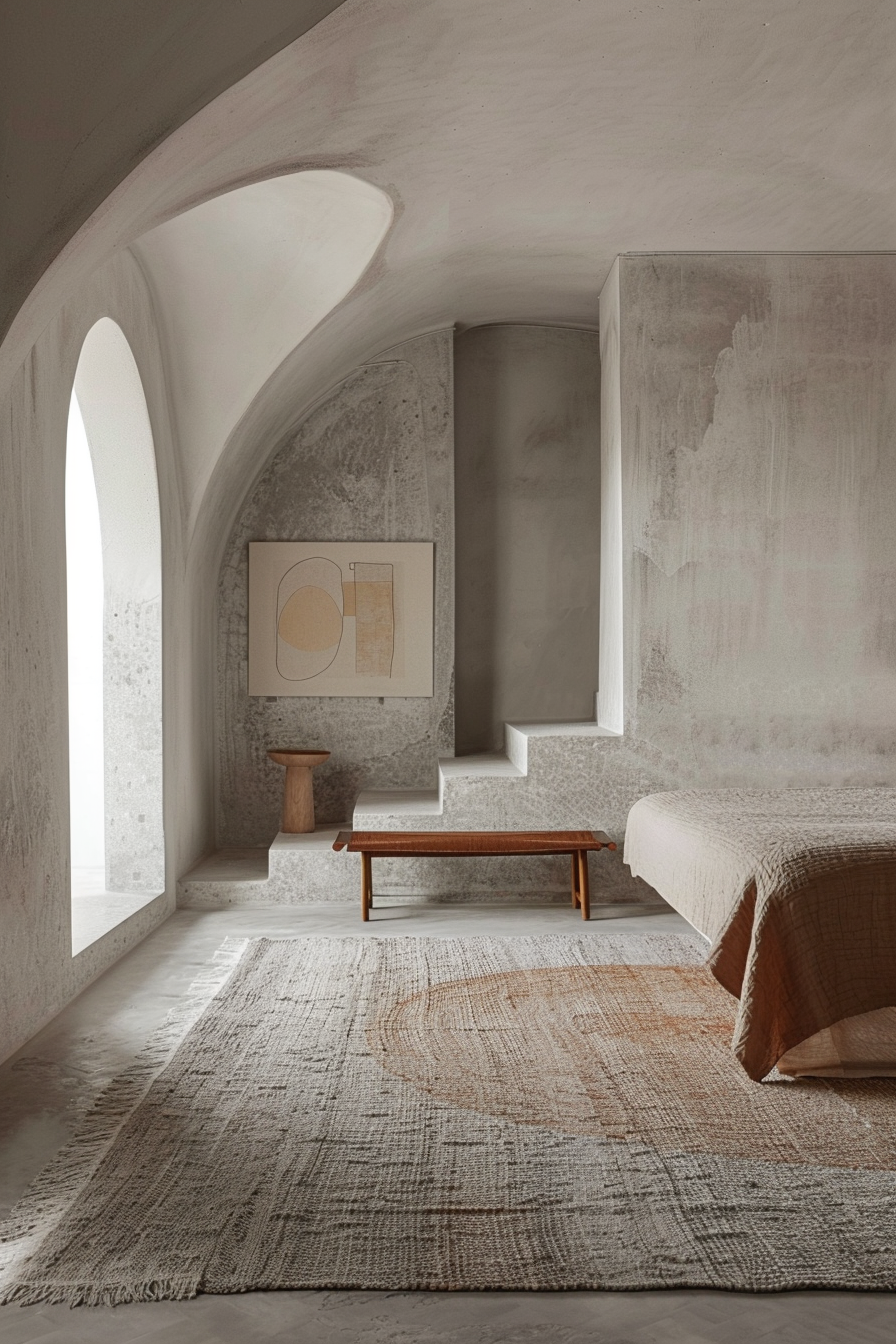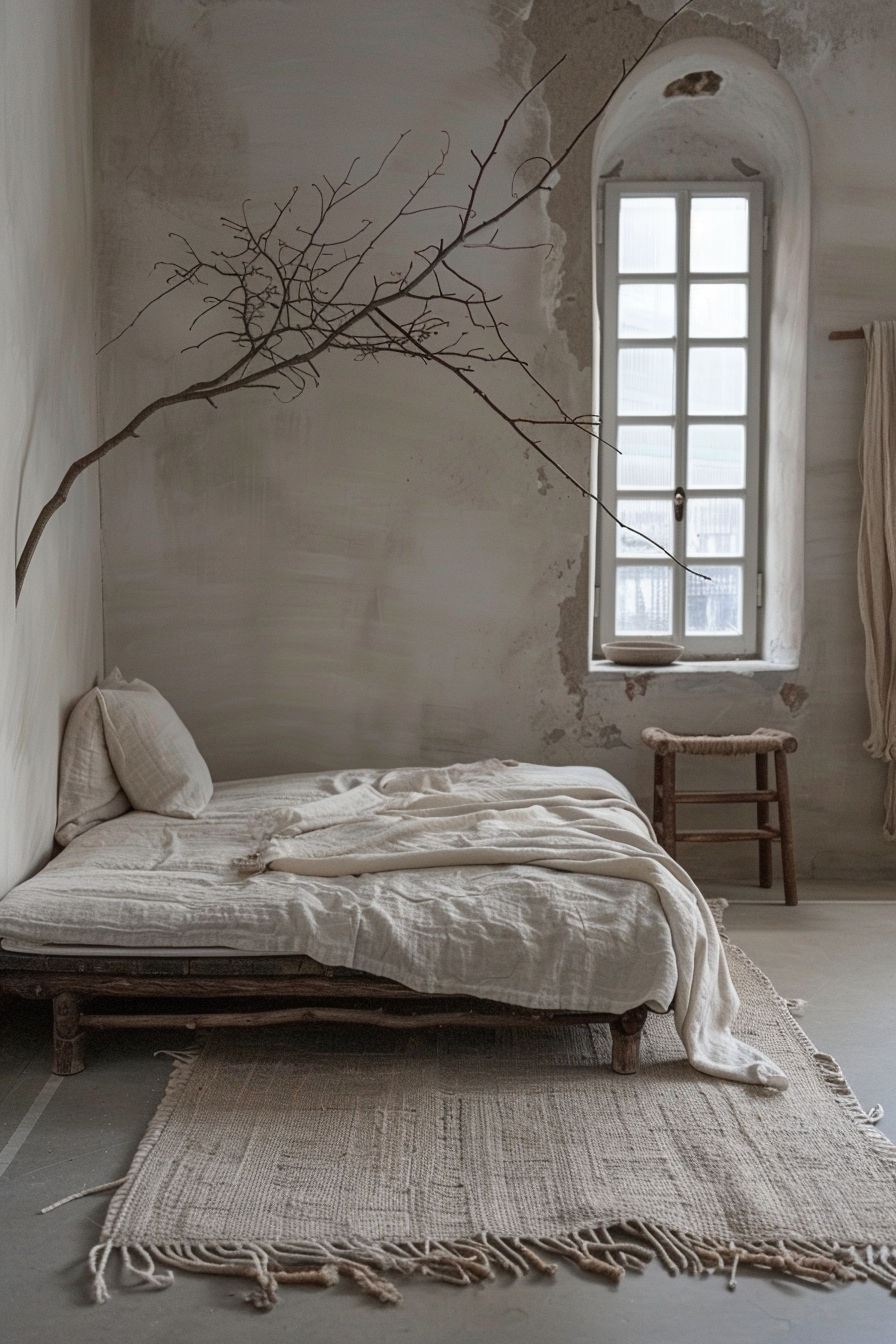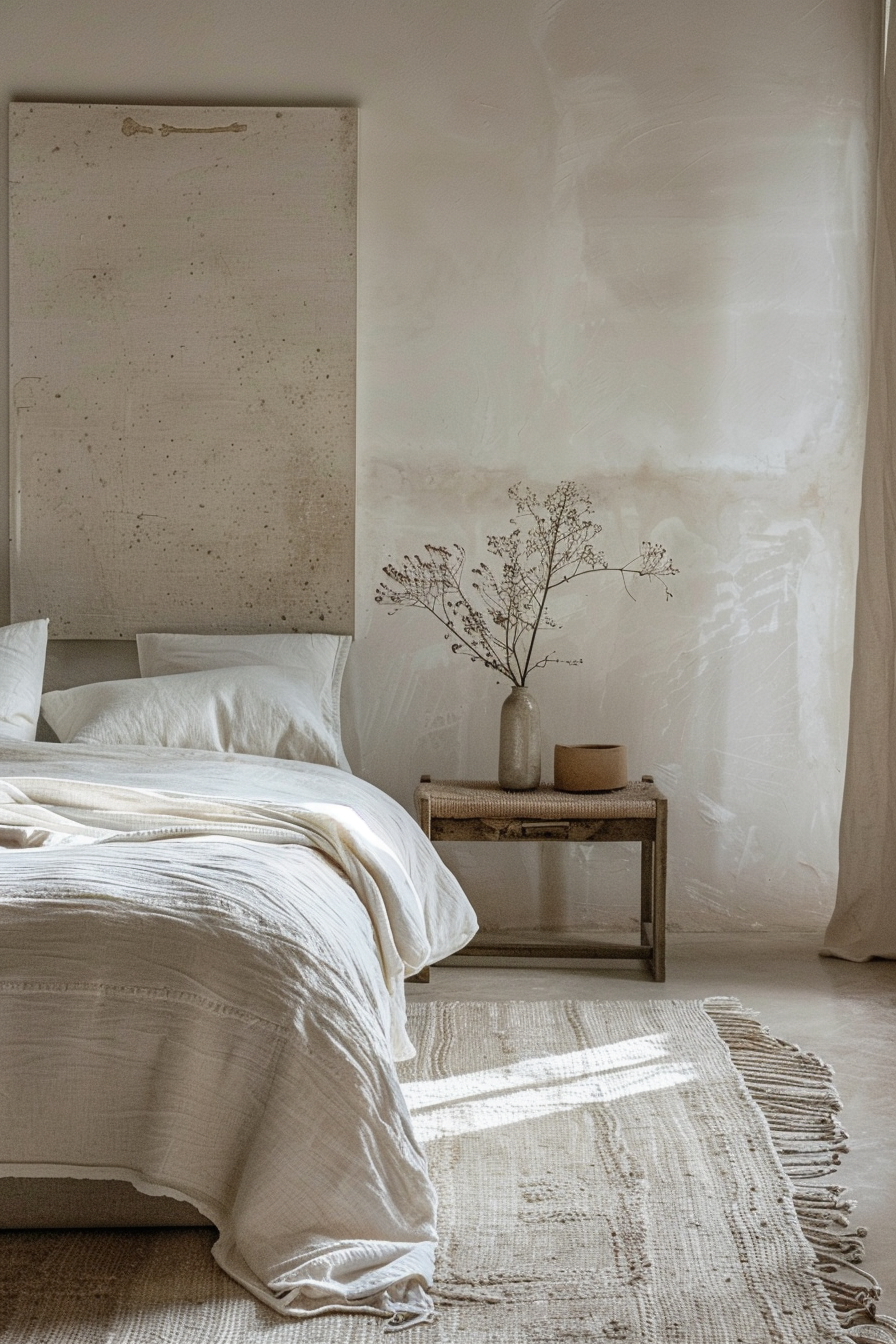Soften your space with the woven whispers of Wabi Sabi rugs, where every step becomes a journey of serenity and comfort. This article celebrates the art of handmade textiles, showcasing rugs that feature organic textures, muted colors, and timeless patterns. From handwoven jute to vintage kilims, discover how these understated yet elegant rugs can bring warmth and authenticity to your home, inviting you to slow down and savor the simple pleasures of daily life.






































Follow Quiet Minimal on Pinterest for more home design tips and inspiration.


